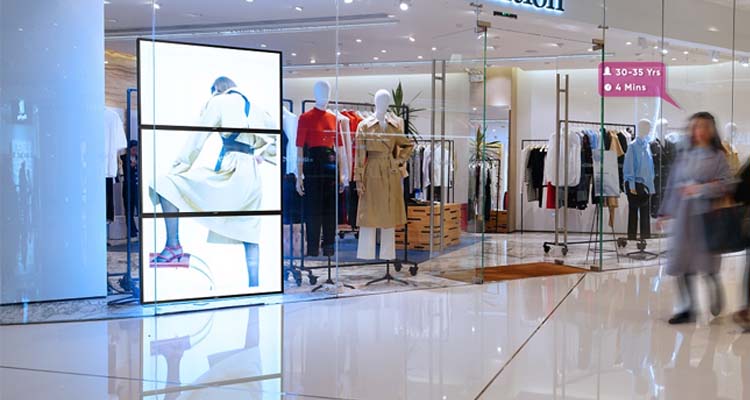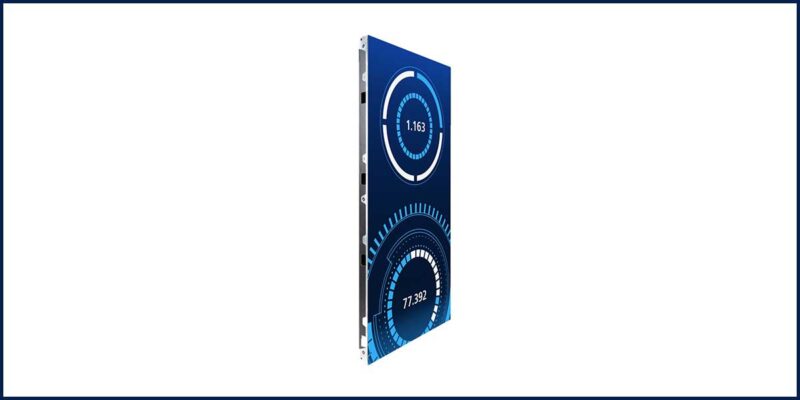PPDS Collaborates With Intel, Advantech and Navori Labs for AI-Powered ‘Intelligent Signage Solution for Retail’
 PPDS announced a new collaboration with Intel, Advantech and Navori Labs to create the PPDS Intelligent Signage Solution for Retail. The PPDS Intelligent Signage Solution for Retail is an AI-powered digital signage solution that combines Philips digital signage with context-aware software and camera technologies. PPDS says the solution enables retailers to make informed business decisions based on advanced analytics from the store’s activities throughout the day, week, month or even year.
PPDS announced a new collaboration with Intel, Advantech and Navori Labs to create the PPDS Intelligent Signage Solution for Retail. The PPDS Intelligent Signage Solution for Retail is an AI-powered digital signage solution that combines Philips digital signage with context-aware software and camera technologies. PPDS says the solution enables retailers to make informed business decisions based on advanced analytics from the store’s activities throughout the day, week, month or even year.
The solution uses Advantech’s integrated DS-200 SDM-L Smart Display Module computer platform and is powered by Intel vPro technology. It is compatible with PPDS’s Philips P-Line 24/7 digital signage range for indoor environments and connects with the store’s onboard Ethernet or Wi-Fi. These are brought together by Navori Labs’ Aquaji smart AI-computer vision-driven software platform for marketing analytics and QL CMS software used to manage display content.
Available as a cloud-based solution (SaaS) or as an on-premises version hosted on a user’s hardware, the plug-and-play Navori Aquaji software analyses video feeds from embedded or IP-based cameras strategically placed around the store. These produce anonymous marketing data and comparable metrics based on foot traffic and people’s physical features, such as gender, with up to 98% accuracy. Data is delivered to an intuitive dashboard that is assessable on any computer.
The information can be used to deliver targeted content and marketing to help drive sales. Alternatively, content can be easily created and scheduled based on the data analytics and shopper demographics. The solution is GDPR friendly, 100% anonymous and doesn’t perform facial recognition. No images or videos are ever stored on the system.
Other benefits of the PPDS Intelligent Signage Solution for Retail include:
- Know your customers: measure footfall counts excluding staff and classify each guest based on their attributes (gender and age range).
- Time in store and waiting time: Determine the time spent in line and time spent before receiving service.
- Attention span: Calculate each shopper’s field of vision in relation to any monitored area or digital signage screen for audience assessment and proof-of-performance analytics.
- Proactive: Anticipate foot traffic and demand based on comparable data over time.
- Staff where and when you need them: Optimize staffing levels to meet peak-hour demand.
- Store design: Manage shelf layout to ensure an easy flow to the right marketplace and product.




